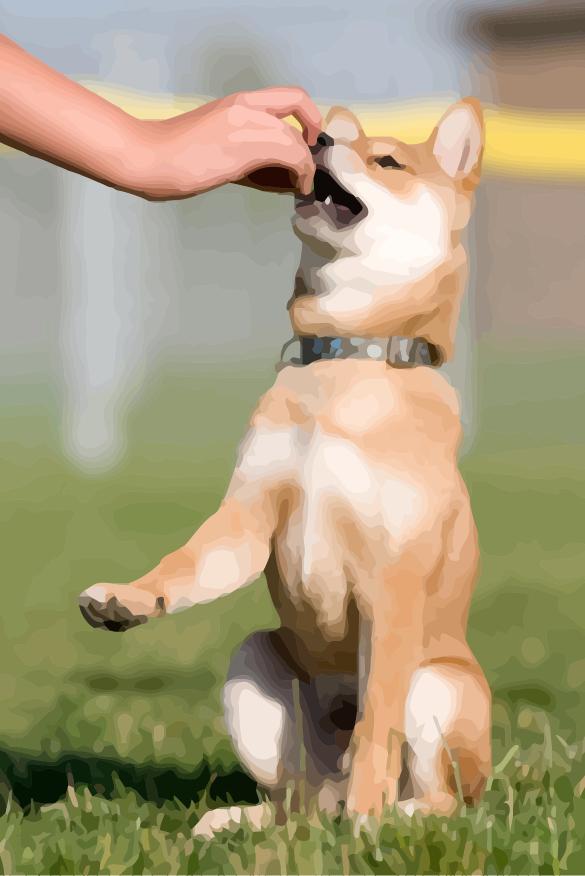Educating Your Puppy

It is very much easier to prevent behavior problems at the outset than to correct them later on, so the systematic education of your new puppy should begin from the moment you bring it home, ideally at about 8 to 9 weeks. It will make your task simpler if your puppy comes from a breeder who has taken care to select parents of sound, calm temperament. The personality of the mother in particular will help to shape her litter's behavior toward people, other dogs, and the world at large. If she happens to show nervousness or aggression toward strangers, the puppies are likely to copy this behavior from her. If she is placid and friendly to everyone, it will have a beneficial effect on their behavior.
As a pup grows older, it should become used to meeting dogs, people, and other animals without fear and anxiety. This process is called socialization. It learns to cope with unfamiliar environments and situations through a process known as habituation. By the time the puppy is 4-8 weeks old, it should start to meet children and people of both sexes and other pets (if possible), and become used to external noises and stimuli such as radios, vacuum cleaners, and dishwashing machines. It is important to find a breeder who is aware of the benefits of handling the puppies and introducing them to a wide variety of experiences long before they leave their mother. The most confident puppies are usually those raised amid the noise and activity of family life.
After the age of 14 weeks, a puppy becomes increasingly suspicious and fearful of unfamiliar situations. In the wild this would have been the age at which they began to wander away from protective adults, so their caution would have promoted survival. It is of vital importance for the puppy's adult behavior that it is as fully socialized as possible before entering this critical phase of its development. The owners of young puppies neglect early training at their peril; it is the most important stage in a dog's life. Under-socialized puppies grow up shy, fearful, difficult to train, and often show aggression.
What You Can Do
Once the puppy has settled, encourage friends and neighbors to visit you so that the puppy has the chance to meet as many new people as possible. Carry the puppy outside and introduce it to other animals. Familiarize it with traffic noise. Take it for short journeys in the car.
Reward good behavior right away, as this will make the puppy more likely to behave the same way next time. If your puppy has a bad experience (for example, being frightened by a car passing too close the first time it is out in traffic), do not overreact. If you seem anxious or angry, or show too much sympathy, you may end up by making matters worse. Just keep calm and adopt a confident tone of voice. Next time you are out, keep at a greater distance from the traffic and distract the puppy's attention from the passing cars until its confidence grows.
If you can, enroll your puppy in socialization classes before it is 14 weeks old. Classes teach it to play with puppies of the same age; it will find out how dogs communicate with each other, learn sociability with strangers in an unfamiliar environment, and acquire some basic training. A good class leader will encourage timid pups to mix without frightening or forcing them and show you how to control boisterous pups without resorting to physical punishment.
Q&A
My 7 0-week-old Shetland Sheepdog puppy, Casey, was the only one of the litter. I have been taking her to puppy classes, but she seems very timid and hides under my chair. Should I make her mix?
Single pups often have difficulty communicating with other dogs, probably because they have had no early experience of playing with litter mates. If you force Casey to mix, she may grow more fearful and possibly become aggressive. Let her observe events from the safety of your lap until she feels more confident.
There is a horse in a paddock close to where I live. I am worried that he will frighten Jimbo, my 9-week-old puppy, when we start going for walks. What can I do to prevent this?
Carry Jimbo to greet the horse from the other side of the fence. Stroke the horse. If Jimbo stays calm, praise him and give him a reward. Repeat this many times. Whenever he sees a horse later on, the association will be a pleasant one and he should have no problem.




Leave a Reply